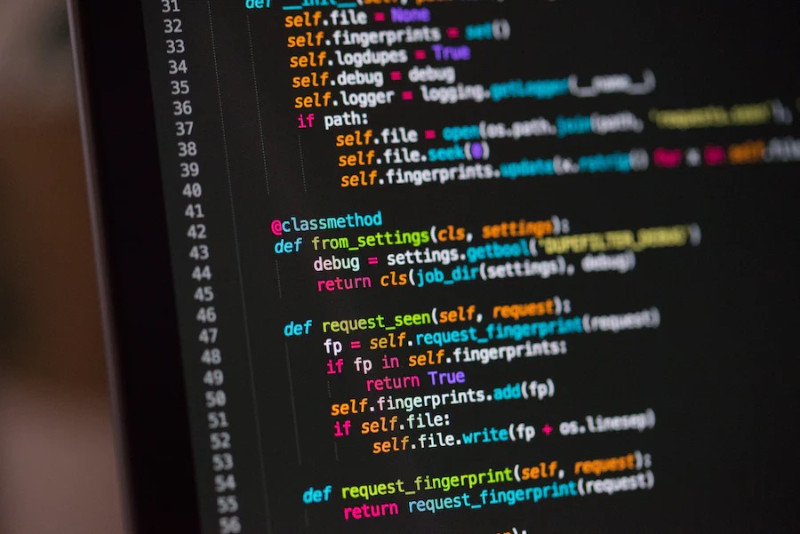Fundamental computer concepts.
Programming in a modern programming language. Data structures and classes. Problem-solving through division into sub-problems. Program structuring. Several smaller programming assignments as well as one larger, individual programming assignment with strong emphasis on structuring and specification of included modules.
Technical computations for the solution of mathematical problems. Two and three-dimensional graphical presentation.
